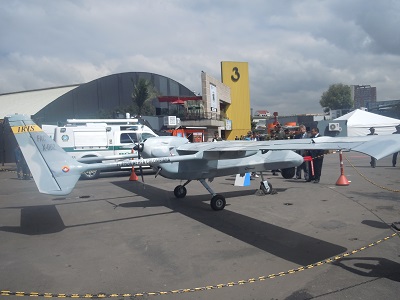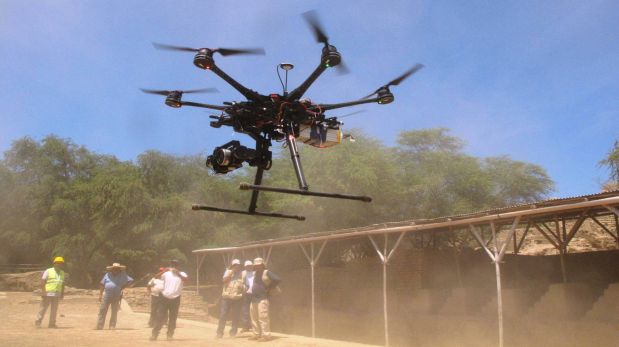"Will Obama Mention Cuba in State of the Union speech?"
W. Alejandro Sanchez
VOXXI
January 20, 2015
Originally published: http://voxxi.com/2015/01/cuba-obama-state-of-the-union/
W. Alejandro Sanchez
VOXXI
January 20, 2015
Originally published: http://voxxi.com/2015/01/cuba-obama-state-of-the-union/
President Obama will deliver his State of the Union address on Tuesday night, and, unlike previous years, there is expectation regarding whether the future of U.S.-Latin America relations will be addressed or simply overlooked.
The address comes days after lifting several sanctions against Cuba, hence it will be interesting to see if the U.S. head of state will pressure the now Republican-controlled Congress to consider lifting the decades-old embargo as well.
(Some) Sanctions Lifted
This past Friday, January 15, the U.S. Department of Treasury announced that, following President Obama’s historic December 17 speech, a revised Cuban Assets Control Regulations (CACR) and Export Administration Regulations (EAR) will be published, reflecting the changes in Washington’s new policy towards the Caribbean island.
While U.S. citizens still cannot travel to Cuba freely, the December 17 announcement offers more alternatives to travel to the Caribbean island. For example, U.S. citizens can now go for “professional research and professional meetings; educational activities; religious activities; public performances, clinics, workshops, athletic and other competitions, and exhibitions,” among other reasons.
Moreover, the Treasury Department has announced, “travelers will now be allowed to use U.S. credit and debit cards in Cuba.” This is quite a significant development, as it will permit visitors to spend more money in Cuba without having to exchange it for the local currency first.
Nevertheless, while these are important developments, the state-controlled Cuban media has highlighted that large segments of the embargo remain in place. For example, the newspaper Juventud Rebelde published an op-ed on January 17, which stresses how “open tourism” is still prohibited, as well as a ban on imports and exports (with few exceptions) between the two countries.
Concerns Regarding the Cuban Government
Predictably, Republican lawmakers have critiqued the President’s initiatives – case in point, Senator (and Republican presidential hopeful) Marco Rubio has declared that “I’m going to continue to oppose the … Obama-Paul foreign policy on Cuba because I know it won’t lead to freedom and liberty for the Cuban people, which is my sole interest here.” (Rubio meant Senator Rand Paul, who has supported the White House’s new policy).
Moreover, the debate on the new U.S.-Cuba relations and its effects on the island is not only taking place in Washington. The Cuban digital newspaper 14ymedio, run by the renowned Cuban opposition blogger Yoani Sanchez, published a commentary on January 16 about what renewed relations may mean for the Cuban Government in the long run. Specifically, the article was concerned that the country’s economy will be transformed into “state-run capitalism, controlled by an authoritarian political-military elite” with ties to U.S. capital.
The difference here is that Senator Rubio is in favor of maintaining the embargo, while even Cuban critics of the Castro regime want the embargo to be lifted, though the latter also want renewed U.S.-Cuba relations to go hand in hand with changes in the Cuban government.
So far, the Cuban Government has complied with U.S. requests, including releasing the U.S. citizen Alan Gross and 53 political prisoners. Nevertheless, a valid concern is whether the powers-that-be in Havana plan to remain in power even as relations with Washington improve.
Negotiations and Internal Politics
U.S.-Cuba relations are going through a very important momentum as, apart from more relaxed travel and commercial policies, diplomatic initiatives are increasing. At the time of this writing, Senator Patrick Leahy (VT-D) is leading a congressional delegation on a three-day trip to the Caribbean state.
Moreover, this upcoming January 21-22, Roberta Jacobson, the Assistant Secretary of State for the Western Hemisphere, will lead another delegation to Cuba to discuss migration issues as well as the reestablishment of diplomatic ties.
Given these high-ranking delegations traveling to Cuba, and the fact that U.S.-Cuba relations have been widely discussed by the global media since the December announcement, it will be interesting to see if President Obama maintains his current momentum by mentioning Cuba in his upcoming State of the Union address.
The recently freed Gross will attend the event, so the President could mention him as segue to asking congress to discuss the future of the embargo.



